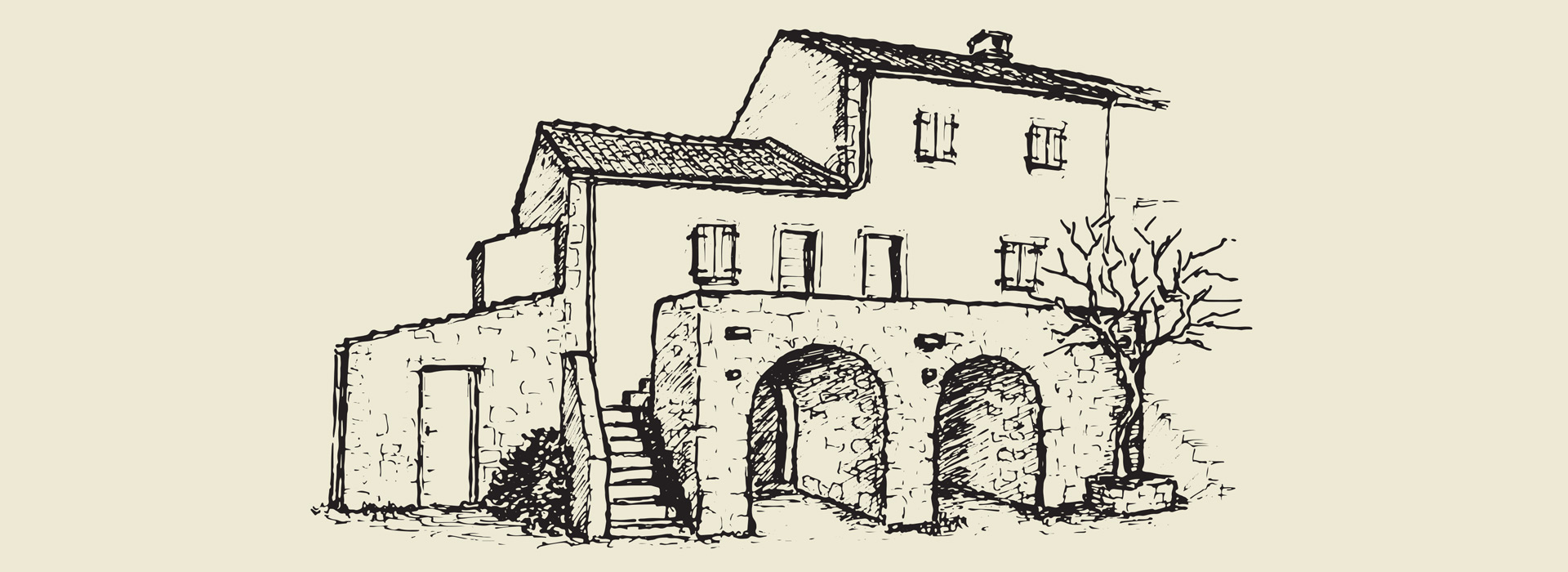Dubašnica Heritage House

This old rural house built in the mid-19th century and intended for two families attests to the modest way of life of the people in Dubašnica who were mainly engaged in agriculture and animal husbandry. It is built of broken pieces of stone with mortar of lime and local sand and covered with curved roof tiles. The house did not have its own water cistern. On the ground floor there were two separated (now connected) cellars (konoba), and the common raised terrace called the balatura provided an entrance to two separate residential units. The konoba was entered through an anteroom called the volta (vault, arch). This is where the cart and barrels for wine and brandy were kept and where cheese was dried. The balatura is in fact the ceiling of the volta, and such a complicated way of building ensured a cool cellar that was never penetrated by sunrays. The balatura was accessed by external steps, and actually served as a living space where laundry was dried and where evenings were spent in conversation. In the house on the left there was a fireplace (ognjišće) without a chimney, while the space on the right was more richly decorated. There is a stone basin next to the bread oven, a fireplace with a chimney and an attached bedroom on the second floor. A small pigsty, covered with straw, was attached to the communal house.
Today, the house is being redesignated as the Ethnographic Interpretation Centre, which bears witness to the life and customs of Dubašnica. It hosts workshops on traditional gastronomy, forgotten skills, traditional music and the Glagolitic alphabet.
In front of the house there is the bust of Professor Ivan Milčetić (1853-1921), a prominent figure of this area. He was a literary historian, dialectologist and philologist interested in the history, folklore and customs of his native Dubašnica. He expertly reviewed old Glagolitic manuscripts in his famous work Croatian Glagolitic Bibliography from 1911.

